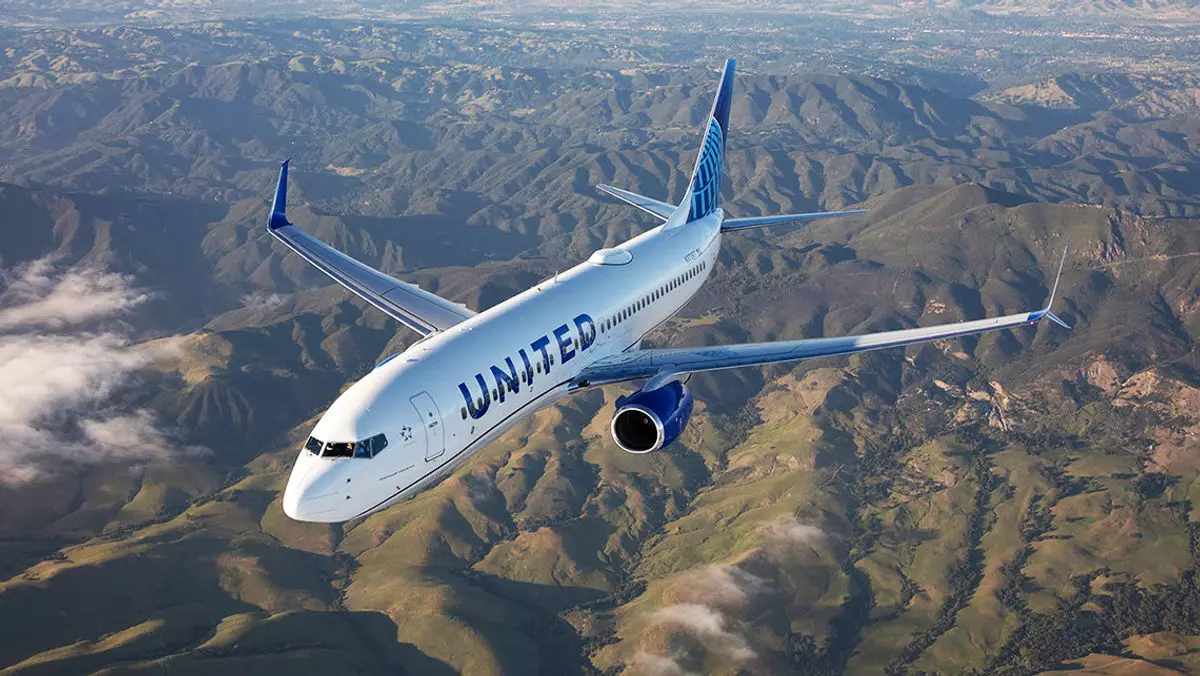The recent report by United Airlines indicating a decrease in its profit margin during the second quarter is a significant indicator of the challenges facing the airline industry as a whole. The underlying cause of this decline can be attributed to domestic overcapacity, which has driven down fares and resulted in a higher number of empty seats on flights. Despite the challenges faced, United executives are optimistic that the situation will improve in mid-August, as airlines are expected to reduce their rate of capacity growth. This adjustment is projected to be long-lasting, primarily due to the financial difficulties encountered by discount U.S. carriers.
United Airlines reported net income of $1.32 billion for the quarter, representing an increase from $1.08 billion in the same period last year. However, it is crucial to note that last year’s income included a one-time expense of $813 million for retroactive pay raises as a result of new labor agreements. Adjusting for these payments, the carrier’s pre-tax profit margin declined to 12.1% from 15.3% year-over-year. Additionally, United’s total revenue per seat-mile flown experienced a 2.4% decrease, with its load factor down by 2.2 percentage points.
The airline industry witnessed a 6.6% increase in domestic capacity during the second quarter compared to the previous year, with this figure expected to remain constant until mid-August. However, a shift is anticipated around that time, leading to a year-over-year capacity growth rate of 2.5% to 3% in the latter part of August and September. United Airlines plans to reduce its capacity by approximately 3 percentage points in the fourth quarter compared to its initial plans, aligning with the industry-wide trend of capacity adjustments.
Low-cost carriers, particularly those focused on domestic services, are projected to face significant challenges in the current environment. Spirit Airlines has already indicated an expected operating loss of around 13% for the quarter, reflecting the struggles faced by carriers in this segment. Airlines like Frontier, JetBlue, and Southwest have also experienced difficulties compared to their counterparts with long-haul networks and premium cabins.
The airline industry appears to be adapting rapidly to the issue of overcapacity, with executives from United and Delta emphasizing the need for quick adjustments. This shift is expected to lead to a better balance between capacity and demand, with struggling airlines not being able to sustain money-losing routes. Despite the challenges faced, the industry anticipates that these adjustments will be sustainable in the long run, with a focus on profitability and operational efficiency.
The airline industry’s current landscape presents various challenges for carriers of all sizes. While profitability remains a crucial focus, the industry’s ability to adjust capacity and align it with demand will play a pivotal role in overcoming the hurdles posed by overcapacity. By implementing strategic measures and focusing on sustainable growth, airlines can navigate through these turbulent times and emerge stronger in the post-pandemic era.


Leave a Reply